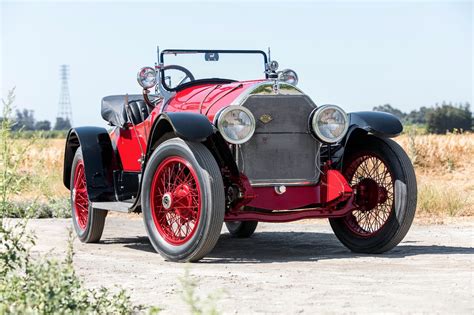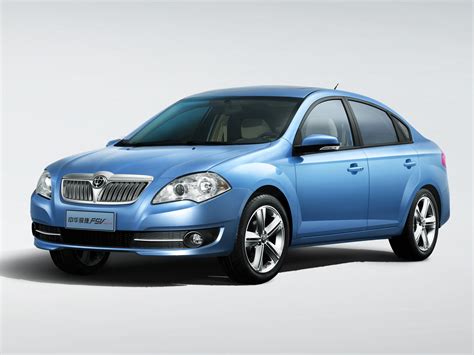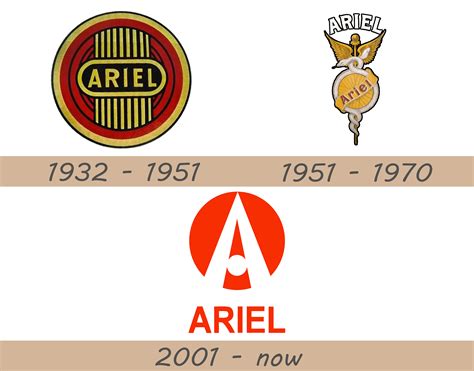Learn about the founding of Ginetta, their early years, innovations in car design, challenges, and their impact on racing in this insightful blog post.
Founding of Ginetta
Contents
The history of Ginetta cars begins in 1958 when the company was founded by the Walklett brothers, Bob and Ivor, in Woodbridge, Suffolk. The brothers had a passion for racing and working on cars, which led them to start their own car manufacturing business. Their first car, the G2, was a small roadster built using recycled parts from Austin, hence helping in the post-war recovery. The G2 was an immediate success in the racing world and laid the foundation for the Ginetta brand.
The company quickly gained recognition for its hand-built, high performance cars and by the 1960s, Ginetta was dominating the racing scene in Britain. This success allowed the company to expand its operations and start manufacturing on a larger scale.
In the following years, Ginetta diversified its vehicle range and introduced various models targeting different market segments. The company’s focus on innovative design and cutting-edge engineering helped them gain a strong foothold in the competitive sports car market.
Despite facing several ups and downs, including changes in ownership and financial difficulties, Ginetta managed to stay afloat and continue producing high-quality vehicles. The company’s commitment to producing handcrafted, bespoke cars for enthusiasts has been a key factor in maintaining its position in the market.
Early Years and Milestones
Ginetta Cars was founded in 1958 by the Walklett brothers, Bob and Ivor, in Woodbridge, Suffolk. The company quickly made a name for itself in the racing world, producing successful competition cars for road and track. In the early years, Ginetta focused on building lightweight, high-performance sports cars for enthusiasts and racing drivers.
One of the significant milestones for Ginetta was the launch of the G4 in 1961. This sleek and nimble sports car quickly gained a reputation for its impressive handling and performance on the track. The G4 became a popular choice for amateur racers and established Ginetta as a formidable player in the racing car market.
In the 1970s, Ginetta continued to expand its range of vehicles, introducing the G21 and G26 models. These cars showcased the company’s commitment to innovation and excellence in design. The G21, in particular, was praised for its striking looks and exceptional driving dynamics, further solidifying Ginetta’s position as a leading manufacturer of sports cars.
Throughout its early years, Ginetta demonstrated a relentless pursuit of engineering excellence and performance. The company’s dedication to pushing the boundaries of car design and technology paved the way for future success and impact in the world of motorsport and high-performance vehicles.
Innovations in Car Design
Ginetta has been at the forefront of car design innovations since its inception, constantly pushing the boundaries of what is possible in the automotive industry. One of the most notable innovations introduced by Ginetta is the use of carbon fiber in its car bodies, reducing weight and improving aerodynamics. This not only makes the cars more fuel-efficient but also enhances their performance on the race track.
Another innovation brought about by Ginetta is the development of a lightweight chassis that offers superior rigidity and responsiveness. This has allowed Ginetta cars to maintain excellent handling and stability, even at high speeds, giving drivers an edge on the race circuit. The company’s commitment to innovative materials and construction techniques has set a new standard for industry insiders and enthusiasts alike.
In addition to the use of advanced materials, Ginetta has also been a pioneer in incorporating cutting-edge technology into its cars. From advanced telemetry systems to state-of-the-art engine management systems, Ginetta vehicles are equipped with the latest technological advancements, giving drivers unprecedented control and insight into their performance.
Furthermore, Ginetta has consistently showcased its innovative approach to car design by incorporating advanced aerodynamic features into its vehicles. From wind tunnel testing to sophisticated airflow management systems, Ginetta cars are engineered to minimize drag and maximize downforce, ultimately improving performance and handling on the track.
Challenges and Setbacks
Throughout its history, Ginetta has faced numerous challenges and setbacks that have tested the resilience and determination of the company. One of the major challenges the company faced was the financial instability in the early years of its existence. This made it difficult for the company to invest in research and development, resulting in limited resources for innovation and growth.
Moreover, the company also had to deal with the technological advancements in car design and manufacturing that threatened its position in the industry. The emergence of new competitors with superior technology and resources posed a significant threat to Ginetta’s market share and profitability.
In addition, the company also faced setbacks in the form of regulatory changes and environmental concerns that impacted its operations. Stringent emission standards and regulatory compliances put pressure on Ginetta to adapt its production processes and vehicle designs, adding to its list of challenges.
Furthermore, the global economic downturn and fluctuating market demand for high-performance vehicles also posed challenges for Ginetta. The company had to navigate through uncertain market conditions and economic volatility, impacting its sales and revenue.
Despite these challenges and setbacks, Ginetta persevered and strategized to overcome these obstacles, eventually emerging stronger and more resilient. Through innovative solutions and a commitment to excellence, the company has successfully weathered many storms to establish itself as a formidable player in the car industry.
Ginetta’s Impact on Racing
Ginetta has made a significant impact on the world of racing since its founding in 1958. The British car manufacturer has been a prominent player in various racing events, including the Le Mans 24 Hours, British GT Championship, and European Le Mans Series. With its focus on producing high-performance race cars, Ginetta has left a lasting impression on the racing community.
Throughout its history, Ginetta has been responsible for shaping the landscape of racing through its innovative approach to car design and engineering. The company’s commitment to creating top-quality vehicles has earned it a reputation for excellence in the industry. From the early years of producing road-legal racing cars to the development of advanced prototypes, Ginetta’s impact on racing has been undeniable.
One of the key contributions of Ginetta to the world of racing is its role in fostering new talent. The company has been instrumental in providing opportunities for up-and-coming drivers to showcase their skills on the track. By offering accessible racing platforms and support programs, Ginetta has been pivotal in nurturing the next generation of racing champions.
Ginetta’s impact on racing extends beyond the cars themselves. The company has played a crucial role in shaping the overall racing experience for fans and enthusiasts. Through its participation in various events and series, Ginetta has helped to elevate the excitement and spectacle of motorsport, contributing to the enduring popularity of racing around the world.












